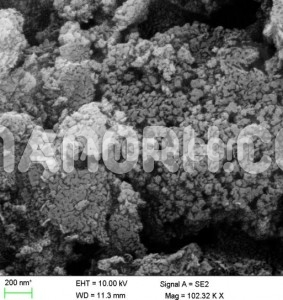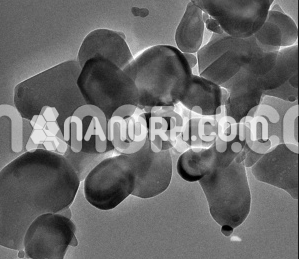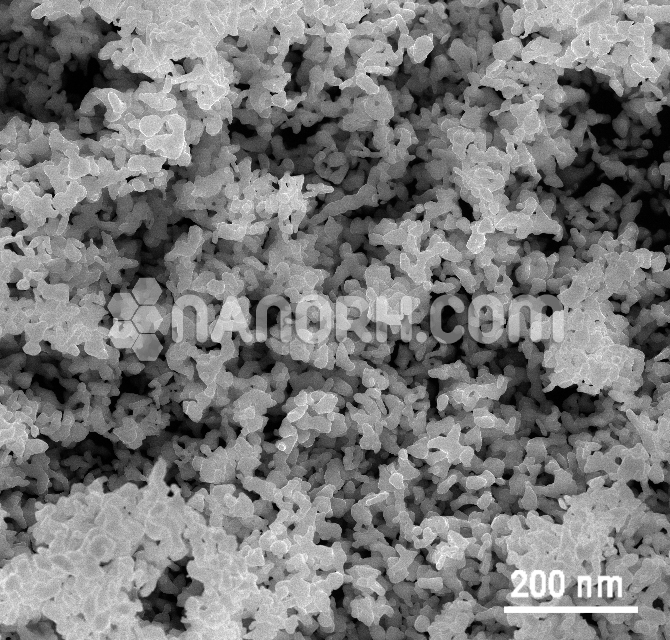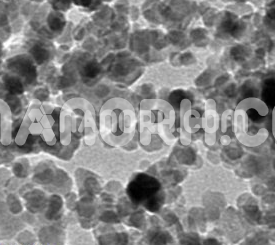Magnesium Aluminate Spinel Nanopowder (Al2MgO4, Purity: 99.995%, APS: <250nm)
Magnesium Aluminate Spinel Nanopowder
| Magnesium Aluminate Spinel Nanopowder | |
| Product No | NRE-5139 |
| CAS | 12068-51-8 |
| Purity | 99.995% |
| APS | <250nm (can be customized) |
| Molecular Weight | 142.27g/mol |
| Density | 3.64g/cm³ |
| Color | White |
| Formula | MgAl2O4 |
| Melting Point | 2135 °C |
| Boiling Point | NA |
Magnesium Aluminate Spinel Nanopowder
It hasr finds applications ranging from ultra-high temperature materials, clear ceramics, tunable semiconductor lasers, radiation resistant barriers, catalyst and catalyst supports, moisture sensors and ceramic filtration membranes. For many of the above applications, converting loose powders to a dense part is a necessary, though not straightforward, processing step, and typically requires the use of additives and pressure sintering. In addition to porosity control, maintaining grain growth during processing is particularly important when targeting nanoscale grains, which have been shown to exhibit technologically relevant size-dependent properties. Importance for efficiently obtaining fully dense nano-grain samples. Traditional solid state synthesis pathways for the Nanopowder require high calcination temperatures and long reaction times which generate powders that suffer from severe agglomeration and grain growth, which often prevents the generation of ultrafine, non-agglomerated grain nano powders. Wet chemical methods have been suggested as alternatives, such as sol-gel, combustion, hydrothermal, polymer precursor also known as Pechini, coprecipitation, flame spray pyrolysis and freeze drying. To date, Magnesium Aluminate Spinel Nanopowder with crystallite sizes up to 4 nm has been successfully synthesized with some of these methods, but the particle sizes are often much larger than this, and typically range from 20 nm to hundreds of nanometers. Few have generated powders with particle sizes below 10 nm and, furthermore, most studies on the sintering of this Magnesium Aluminate Spinel Nanopowder at the nanoscale provide limited characterization of the starting powders to allow a reliable assessment of their sintering.




